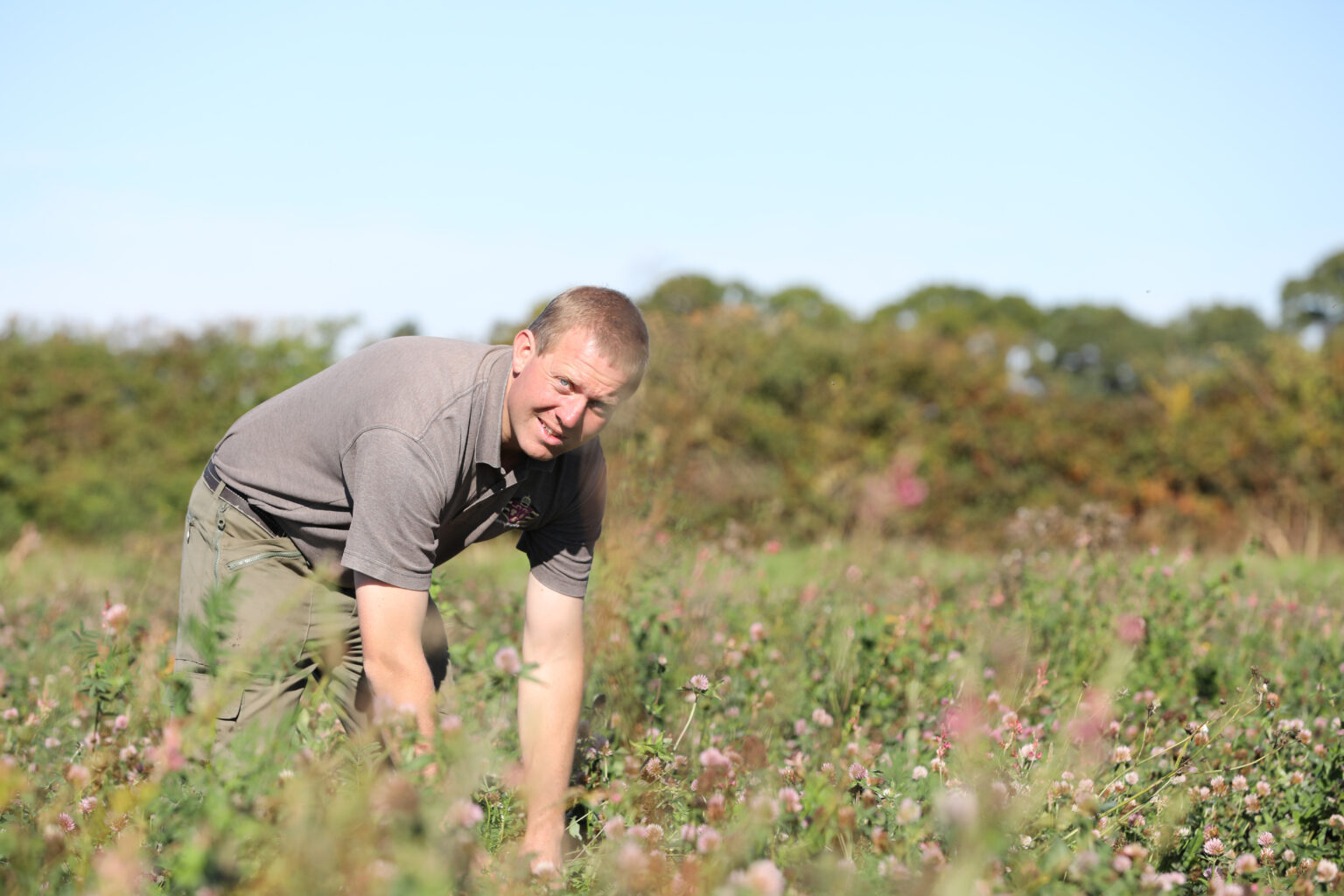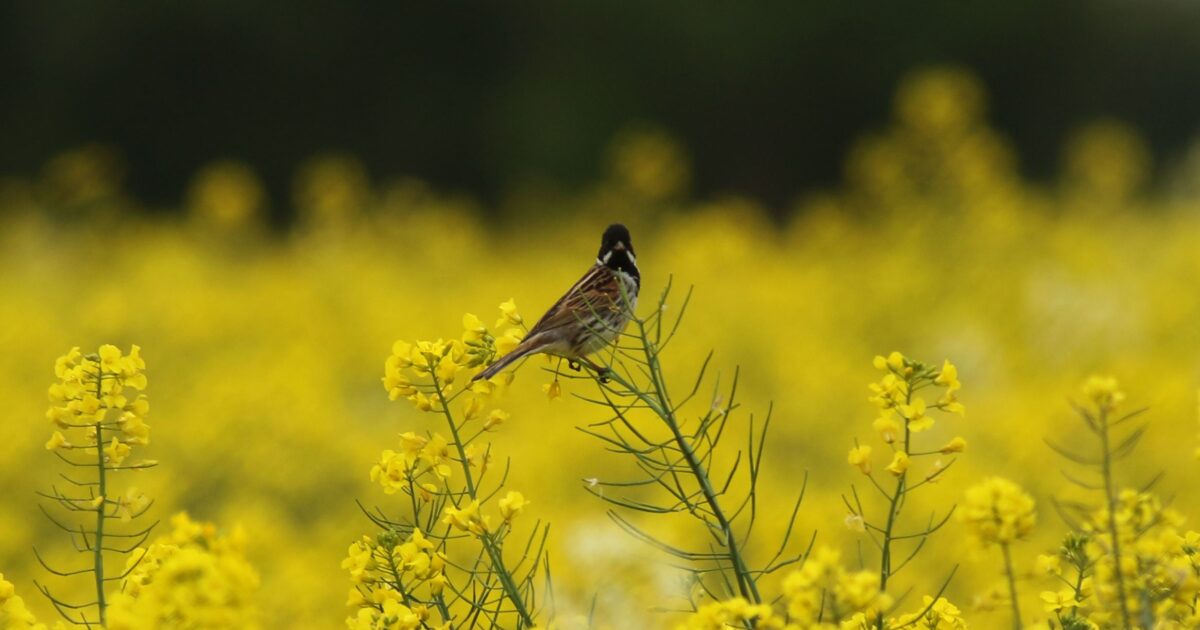Bird Surveying across Dyson Farming land. Why is it so important?
Bird Surveying
The importance of Birds
At Dyson Farming we have a team dedicated to protecting and enhancing the environment, who take great steps to monitor and improve our Natural Capital, which includes soil, ecosystems, air and water. The birds that benefit from a healthy farmed environment use Dyson Farming land for feeding and nesting and importantly, provide us with a good indication of the overall state of our natural capital.
Monitoring their numbers provides us with important insight. We conduct regular surveys, and the results provide us with data to assess landscape management activities, monitor success and to tailor future improvements.
Monitoring bird life
We have been conducting bird surveys for the last 3 years across Dyson Farming land in Lincolnshire, Oxfordshire and South Gloucestershire. Bird Surveys are carried out twice a year and take a few hours to carry out in each transect. The areas we survey are known as Transects, and surveyors walk from point A to point B along a defined path. They count the number of individual birds (of each species) that are either seen or heard within a specific distance from their path. The same approach is replicated every year to establish a trend.
Bird surveys are conducted from a list of 1km squares, chosen at random across key areas of Dyson Farming land. Locations are not chosen based on where we expect a high number of birds, as it is important for us to see the overall success and management of the habitat across the entirety of Dyson Farming’s land.
We are fortunate enough to have bird experts who are skilled enough in distinguishing a bird through the naked eye, binoculars and telescopes, or by listening for bird sounds. Understanding how to visually identify a species of bird takes great knowledge and experience, picking out the different colours, sizes and flight patterns of the bird. Similarly, distinguishing them through listening to the bird calls and songs takes a well-tuned ear.
Bird Surveying Technology
In addition to having expert knowledge and experience, surveyors utilise technological support. A handheld Trimble uses a Global Positioning System (GPS) to locate to the correct transect, which means the surveyor can record the information accurately for the survey.
They also use a Pear Geographic Information System (GIS) to extract the information collected from a survey. This produces a map of Dyson Farming and displays the surveyed area, visually displaying where the surveyed species are on the landscape and how environmental management is undertaken in that area is benefitting numbers.
Evaluation of the recently conducted Bird Surveys
The results of our most recent bird survey have just been assessed. They showed that across Dyson Farming land, different landscapes benefitted different species. For example, on Nocton Fen, there were a notable number of Yellow Hammer species, whereas in Oxfordshire, the Corn bunting species were thriving.
Of particular importance are the ‘Red List’ bird species which are UK Birds of Conservation Concern and are the most vulnerable. They include Grey Partridge, Lapwing, Curlew, Woodcock, Marsh Tit, Skylark, Starling, Song thrush, Mistle thrush, House sparrow, Tree sparrow, Yellow wagtail, Linnet and Yellowhammer. It is these species that are at the top of the list when it comes to encouraging their numbers on the farms and helping to reverse their decline nationally.
Dyson Farming manage the habitat to enhance the species found within the landscape with the approach of ‘not one management regime fits all’. The following are a variety of different management strategies we conduct for red listed bird species:
- Hedgerows are cut on a variable rotation from 1 to 3 years to provide a variety of nesting and foraging habitats for Tree Sparrows, Yellow Hammers.
- Fallow plots, which is the process of working land in dedicated small plots for Curlew, Lapwing and Skylarks, for them to breed on or near by.
- Managing woodland to promote the successful breeding of Woodcock, Song Thrush and Marsh Tit.
- Managing the wider farmland with margins and wild bird cover for the benefit of Skylarks, Linnet, Lapwing, Grey Partridge, Starling.
As Ian Willoughby, Dyson Farming’s Environmental Coordinator, explains:
“We will continue with the same methodology for surveying birds that has already been established to allow us to compare data year on year. The surveys are a key part of environmental management and I believe it will provide important baseline data for when Environmental Land Management is introduced. It is also a very practical way to measure and demonstrate Dyson Farming’s environmental achievements, not only internally for operational staff but also externally to those who, like us, believe bird life is fundamental to a flourishing natural farming environment.”

The Estate Office,
Cyclone Way, Nocton,
Lincoln LN4 2GR
